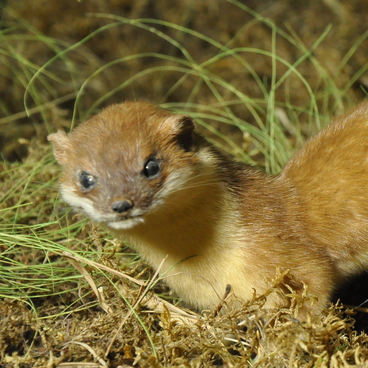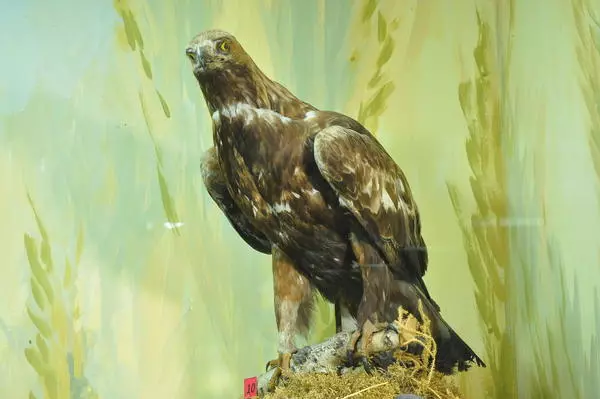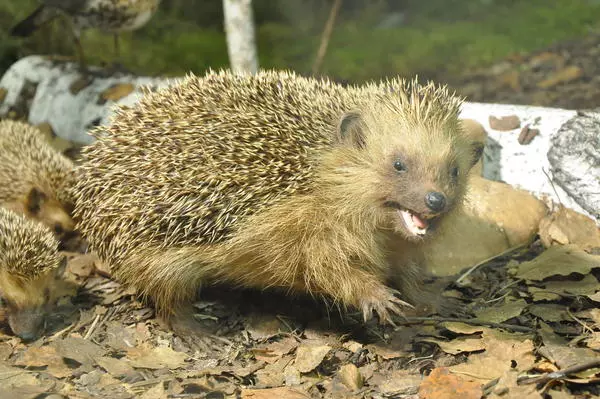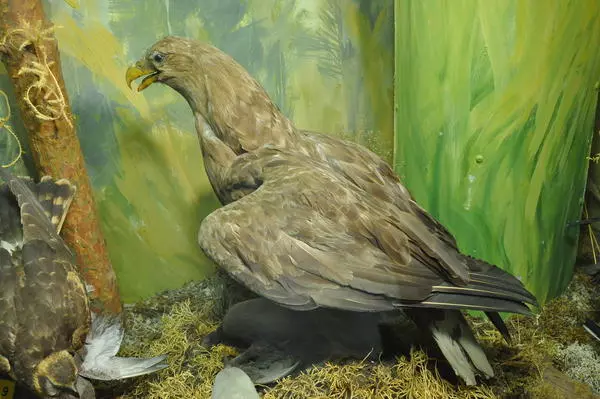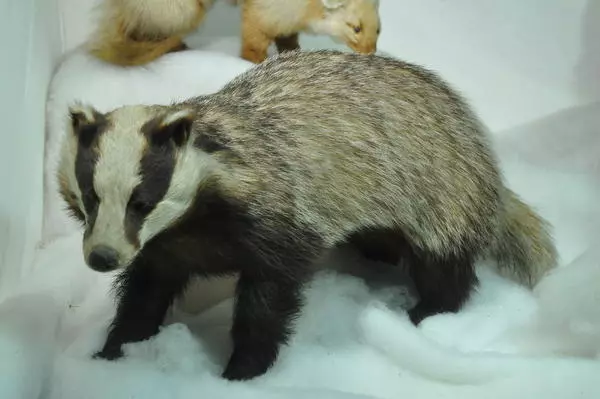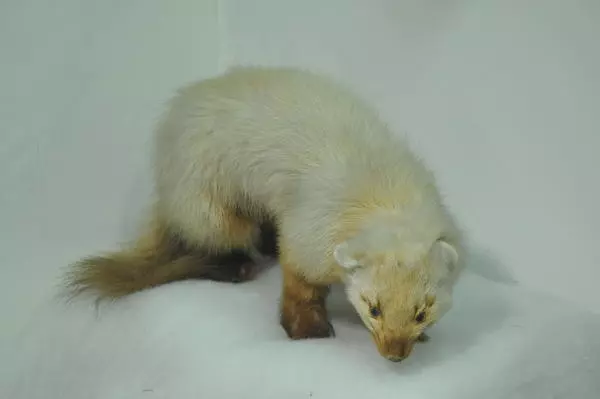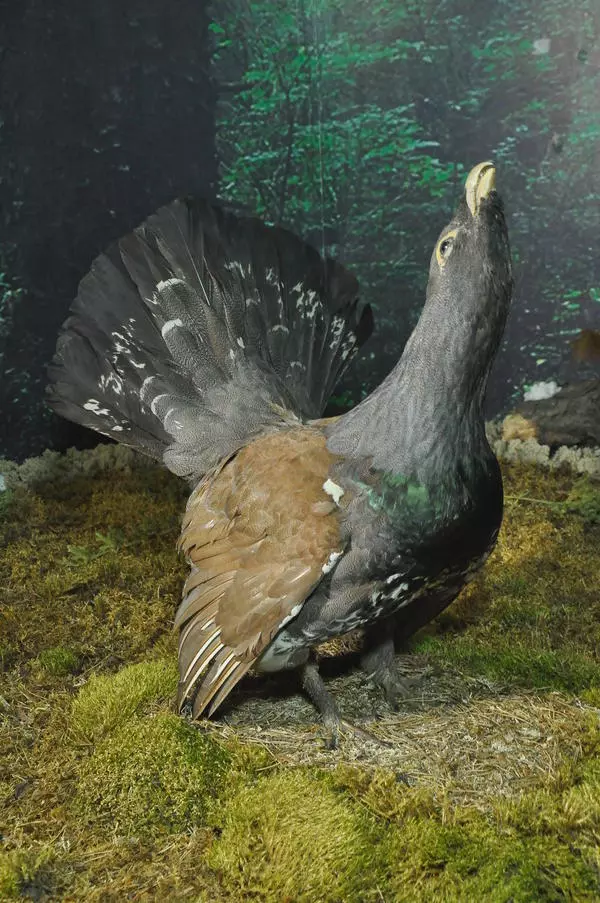Lynx is a predator from Cat family. Its Latin name is Lynx lynx. It is rather large beast with long tassels on the ears, clearly visible tanks on the cheeks and a short tail. It has excellent fur — very thick and silky. Body length of lynx is 80-110 centimeters and it can weigh up to 25 kilograms. Life-span of beast in nature is 10-15 years and in captivity — 20-25.
Lynx color depends on the region in which it lives: in northeastern Russia is smoky, in the south — reddish, in Siberia — one-color, and in the Caucasus — spotted. This species is spread throughout the taiga zone, but everywhere it is rare. In Kurgan Oblast there are only 95 lynx individuals.
Lynx is a typical forest inhabitant. It prefers deaf old forests with a thick windfall. It lives there alone. Lynx predominantly feeds on mountain hare (Lepus timidus) and other animals — from voles to young moose. It rarely hunts ungulates and as a rule for sick or weak. It never jumps on prey from tree, more often lies in wait near long trails.
Lynx perfectly climbs trees and swims well. Thanks to its wide paws it moves around freely on friable deep snow. In many countries the phrase ‘lynx eyes’ implies particularly keen eyesight. But experiments had demonstrated that lynx sees worse than people in the daytime. Beast is active in the twilight and predawn hours as well as at night.
Lynx lairs in natural shelters, for example, under inverted roots of a fallen tree. Rutting of this species is in February and March. Beasts frequently make sounds resembling spring cries of domestic cats at this time of year, but more loudly and much lower, so It is practically impossible to confuse them. Between males fierce fights take place during the rutting period. Lynx pregnancy lasts for 1,5-2,5 months. In brood is usually 2-3 kittens. Both of parents take part in nurture.
Lynx commonly disappears in places, where people often show up. Even where it dwells close to population centre, this wary predator is almost impossible to see. Lynx attacks people extremely rarely and only in case of necessary self-defense.
Lynx color depends on the region in which it lives: in northeastern Russia is smoky, in the south — reddish, in Siberia — one-color, and in the Caucasus — spotted. This species is spread throughout the taiga zone, but everywhere it is rare. In Kurgan Oblast there are only 95 lynx individuals.
Lynx is a typical forest inhabitant. It prefers deaf old forests with a thick windfall. It lives there alone. Lynx predominantly feeds on mountain hare (Lepus timidus) and other animals — from voles to young moose. It rarely hunts ungulates and as a rule for sick or weak. It never jumps on prey from tree, more often lies in wait near long trails.
Lynx perfectly climbs trees and swims well. Thanks to its wide paws it moves around freely on friable deep snow. In many countries the phrase ‘lynx eyes’ implies particularly keen eyesight. But experiments had demonstrated that lynx sees worse than people in the daytime. Beast is active in the twilight and predawn hours as well as at night.
Lynx lairs in natural shelters, for example, under inverted roots of a fallen tree. Rutting of this species is in February and March. Beasts frequently make sounds resembling spring cries of domestic cats at this time of year, but more loudly and much lower, so It is practically impossible to confuse them. Between males fierce fights take place during the rutting period. Lynx pregnancy lasts for 1,5-2,5 months. In brood is usually 2-3 kittens. Both of parents take part in nurture.
Lynx commonly disappears in places, where people often show up. Even where it dwells close to population centre, this wary predator is almost impossible to see. Lynx attacks people extremely rarely and only in case of necessary self-defense.

